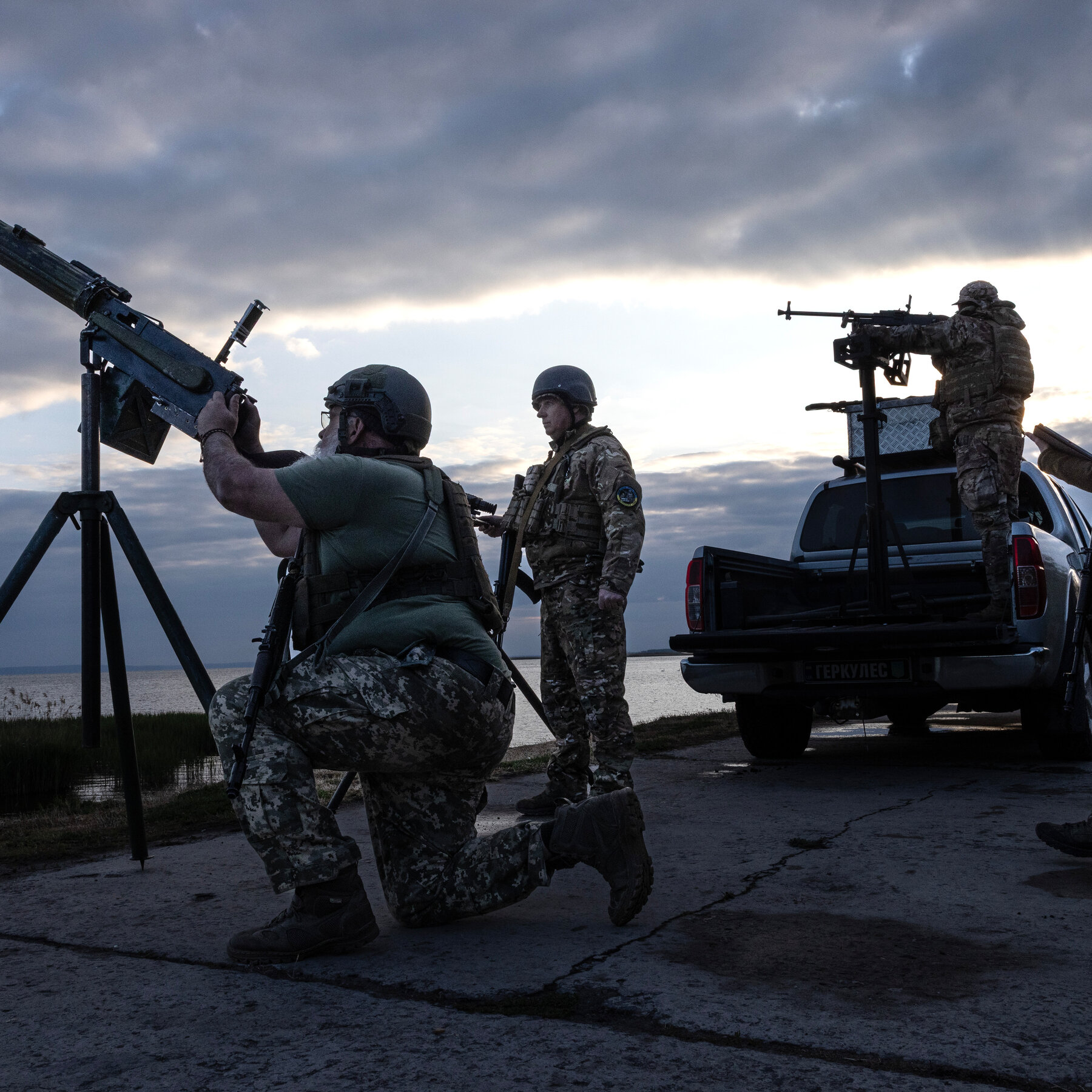U.S. Military Strategy Shift: Prioritizing Domestic Defense Readiness in an Evolving World

Shift in U.S. Military Strategy: Prioritizing Domestic Readiness
The recent decision by the U.S. to adjust its military aid policy reflects a shift in strategic priorities. This change is driven by concerns over the nation's military preparedness and the need to ensure that domestic defense capabilities are not compromised. The approach now emphasizes the importance of maintaining robust U.S. military readiness, considering the potential implications of depleted stockpiles on national security.
Background of Military Aid to Ukraine
Historically, the U.S. has provided significant military assistance to Ukraine, especially in the face of ongoing conflicts. However, this extensive support has raised concerns about the impact on U.S. military stockpiles. The concern is that these stockpiles might be insufficient to meet potential future challenges, leading to a reassessment of how aid is allocated.
Current Policy Adjustments
The current adjustments to military aid reflect a more nuanced approach, balancing international obligations with domestic security needs. This shift is part of a broader effort to ensure that U.S. military capabilities remain strong and adaptable to evolving global threats. The decision to pause certain shipments underscores the importance of maintaining a robust defense posture while supporting allies.
Reaction and Implications
The adjustment in military aid strategy has been met with mixed reactions. Some argue that this change could impact the recipient country's ability to defend itself effectively, while others see it as a necessary step to prioritize national interests. The implications of this shift are being closely watched, as it may influence the dynamics of ongoing conflicts and how nations allocate resources in the future.
Future Outlook
The future of U.S. military aid and its strategic priorities will likely continue to evolve based on global geopolitical developments. As the world faces increasing challenges, the balance between supporting allies and maintaining domestic military readiness will remain a critical issue. This shift in policy highlights the ongoing effort to adapt military strategies to meet both current and future security needs.
